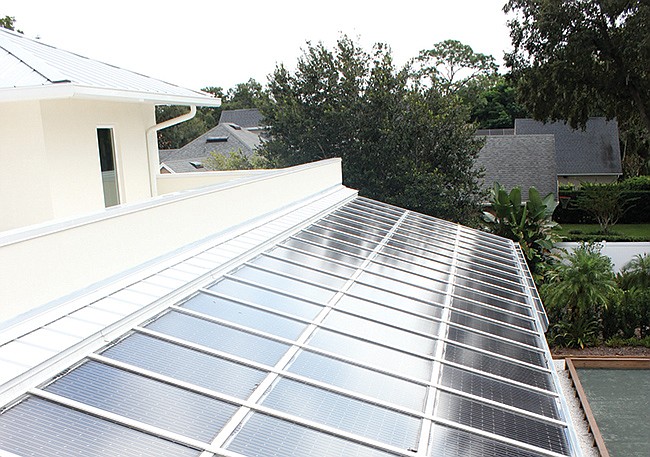- April 19, 2024
-
-
Loading

Loading

Were you surprised? You shouldn’t be because we’ve been warned year after year by scientists that it was inevitable. The year 2015 was the hottest year on record for our planet. The temperature rise blew through the record increase of 2014 to set a new level of heat. There is agreement of this dramatic rise among the global measurement organizations in Britain, Japan and the U.S.
The blanket of carbon dioxide in the atmosphere is getting thicker and its impact is becoming more severe.
Other predictions and warning are starting to manifest on our Earth: the monster El Niño generated by rising ocean temperatures, the spread of tropical diseases like Zika as the climate zones creep north, damage from storms and floods resulting from the increased water vapor as the atmosphere heats up and the accelerated warming of the deep ocean.
As each climate prediction from the past becomes the current reality there is still time to act. But it must be now!
We must decarbonize our energy sources. We must move to the green, clean energy of the future if we are to have a future. How do we do it? Put a price on carbon that reflects the damage it does to our health and to our atmosphere. Drive fossil fuels out of the marketplace by making green renewable energy the competitive choice.
A gradually rising fee on fossil fuels would reduce the demand for dirty fuels while stimulating the innovation and the market to supply of clean fuels. The free market will react appropriately when fossil fuels are no longer artificially cheap by pushing the cost of the damage they cause onto the community.
But what about us, the consumers? Prices would rise and we’d have to pay at the pump and on our electric bills. Yes, that’s true but what if the revenue from the carbon fee was returned 100 percent to U.S. households as a dividend. The money would go back into consumers’ hands so there would no negative impact on the macro economy. The government wouldn’t keep a dime and you can use your dividend check as you wish. Maybe even to invest in solar panels for your house to lower your electric bill and then you can keep all the dividend for other purchases.
Will this work? British Columbia decided to try it and found that their fossil fuel consumption fell by 30 percent, but their GDP grew at same rate as the rest of Canada. Economists from conservatives to liberals largely agree that a price on carbon is the least intrusive means for reducing carbon emissions and that resistance to this action is largely a lack of political will and public understanding not negative economic effects.
So we must build the political will among our lawmakers at every level of government and push Congress to pass a carbon fee and dividend bill. Tell them that time is not on our side. Write your member of Congress today demanding action immediately.
— Desta Horner, Citizens’ Climate Lobby